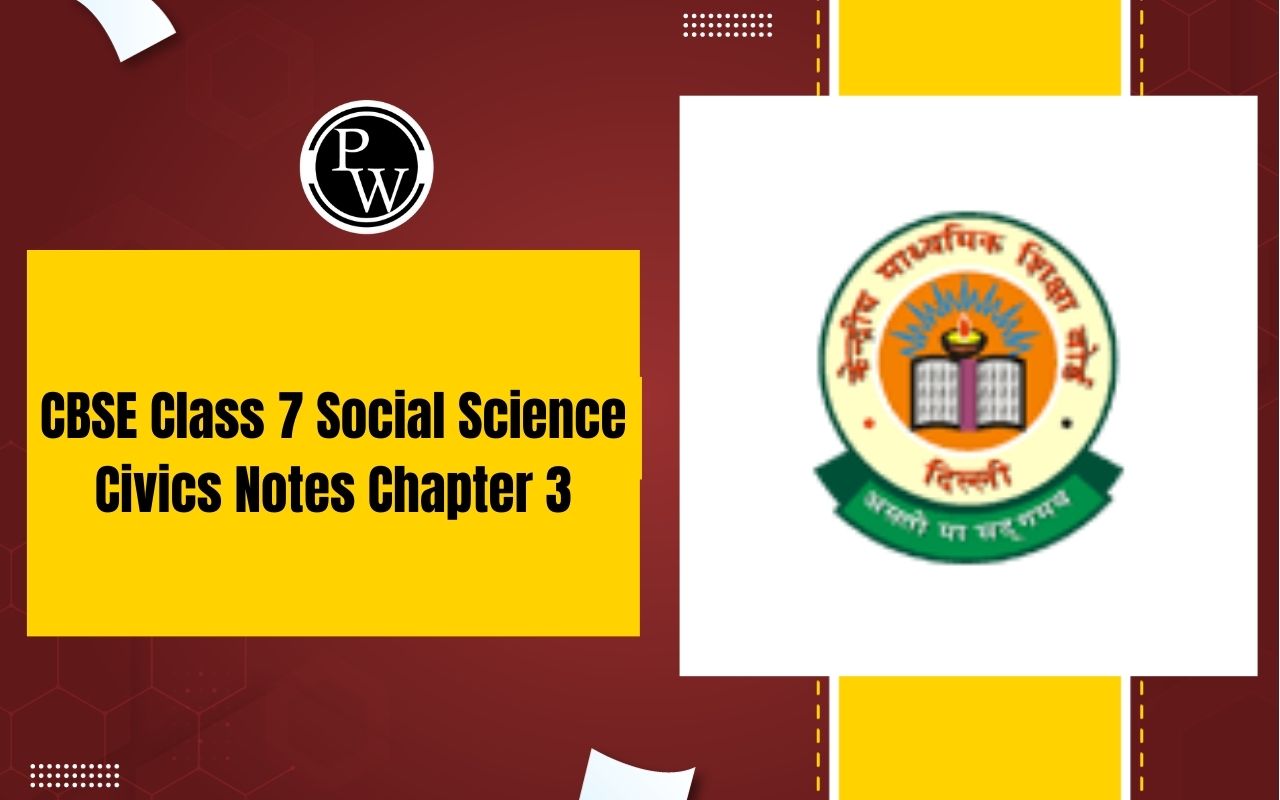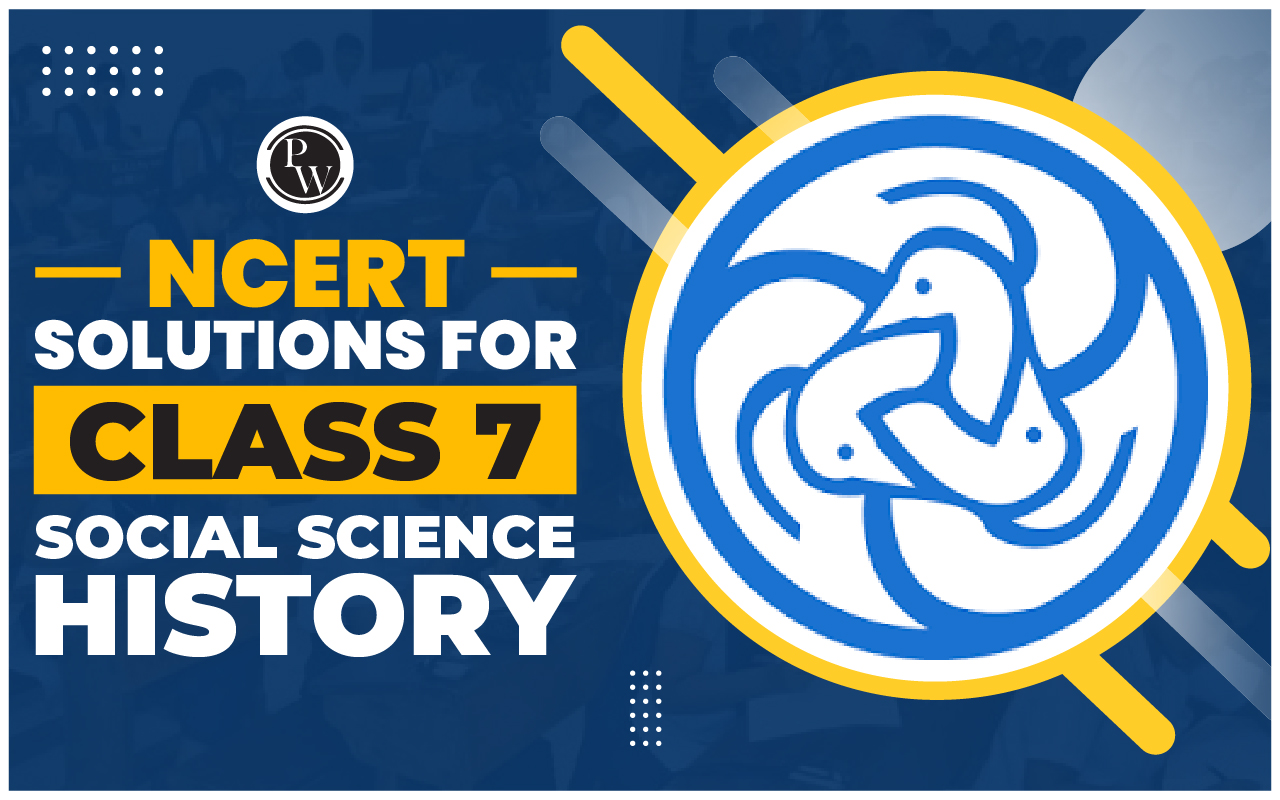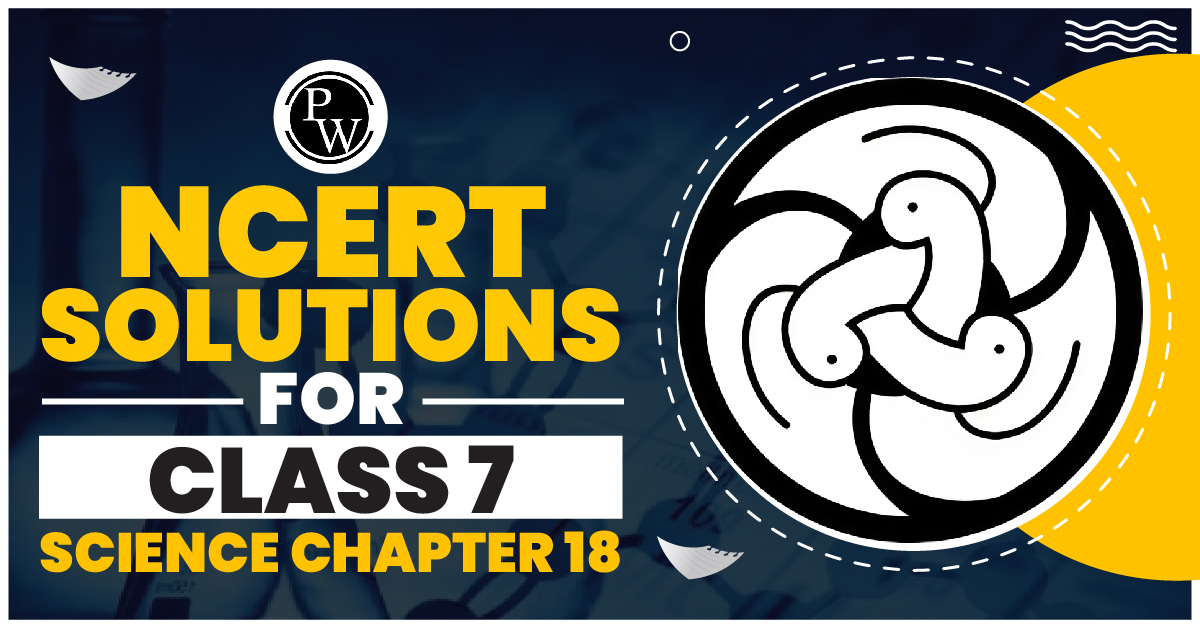

CBSE Class 7 Social Science Civics Notes Chapter 3: Chapter 3, "How the State Government Works," explains how state governments in India operate. It talks about the main parts of the state government, like the Governor, the Chief Minister, and the state legislature.
The chapter shows how laws are made and decisions are taken. It also explains the role of elected representatives and why elections are important in a democracy. By learning about how the state government solves local problems and helps people, students understand how state and central governments work together.CBSE Class 7 Social Science Civics Notes Chapter 3 Overview
These notes are prepared by subject experts of Physics Wallah for CBSE Class 7 Social Science Civics, Chapter 3: "How the State Government Works." This chapter explains how state governments in India work. It talks about the main parts of the state government, like the Governor, the Chief Minister, and the state legislature. It shows how laws are made and decisions are taken, and why the legislative assembly is important. The chapter also explains the role of elected representatives and why elections are important in a democracy. Students learn how the state government solves local problems and works with the central government to help people.CBSE Class 7 Social Science Civics Notes Chapter 3 PDF
The PDF link is provided below for the CBSE Class 7 Social Science Civics Notes, Chapter 3: "How the State Government Works." The chapter covers key roles such as the Governor, the Chief Minister, and the state legislature. It details how laws are made, how decisions are taken, and the importance of the legislative assembly. Through these notes, students will understand how the state government addresses local issues and works with the central government to improve citizens' lives.CBSE Class 7 Social Science Civics Notes Chapter 3 PDF
CBSE Class 7 Social Science Civics Notes Chapter 3 How the State Government Works
Here we have provided CBSE Class 7 Social Science Civics Notes Chapter 3 How the State Government Works for the ease of students, so that they can prepare better for their exams.Who is an MLA?
An MLA, or Member of the Legislative Assembly, is a person elected by the people to represent them in the legislative assembly of a state in India. Here’s how it works:Election by the People: People in a state vote to elect their MLAs. Each MLA represents a specific area called a constituency.
Legislative Assembly: Every state in India has its own legislative assembly. This is a place where MLAs meet to discuss and make laws for the state.
Constituencies: A state is divided into different areas, each called a constituency. Each constituency elects one MLA to represent them.
Forming the Government: After the elections, the MLAs from the party with the most elected members often form the state government.
Political Parties: MLAs can belong to different political parties. These parties compete in elections to gain the majority of seats in the legislative assembly.
MLAs are elected representatives who work in the legislative assembly to make decisions and laws for their state. They play a important role in the state’s government and represent the interests of the people from their constituencies.How do people who are MLAs become ministers or chief ministers?
After the elections, the process of selecting ministers and the chief minister works like this:Majority Party: When a political party's MLAs win more than half of the constituencies in a state, this party is said to have a majority. This party is called the ruling party, and all other parties are called the opposition.
Electing the Chief Minister: The MLAs from the ruling party choose a leader from among themselves. This leader becomes the chief minister.
Forming the Government: The chief minister then selects other MLAs from the ruling party to become ministers. These ministers are given the responsibility of running various government departments, such as health, education, and transportation.
Running the State: The chief minister and the ministers work together to manage the state’s affairs and implement laws and policies. They oversee the functioning of the government and ensure that public services are delivered effectively.
A debate in the Legislative Assembly
In the Legislative Assembly, which is where all the MLAs from both the ruling party and the opposition come together, discussions and debates take place on various issues. Some MLAs have dual roles: they are both an MLA representing their constituency and a minister responsible for a particular government department. During a debate, MLAs have the opportunity to express their opinions, raise questions, and offer suggestions related to the topic being discussed. They may address concerns about government policies or propose new ideas for improving governance. The ministers, who are responsible for running government departments, respond to these questions and provide assurances to the Assembly regarding the steps being taken. It is important to note that while the chief minister and other ministers make decisions and oversee the government's functioning, these decisions must be approved by the members of the legislative assembly. This ensures that the government remains accountable to the representatives of the people. In the context of the Legislative Assembly, the term "government" refers to the various government departments and the ministers who lead them. The chief minister serves as the overall head of the government. The collective body of all the MLAs gathered in the legislative assembly is known as the Legislature, and they are responsible for authorizing and supervising the work of the government. Ultimately, the chief minister emerges from among the MLAs to lead the executive branch of the government.Working of the Government
In a democracy, the people hold the primary authority as they elect their representatives, known as Members of the Legislative Assembly (MLAs). These MLAs form the legislative body responsible for making laws and policies. From among these MLAs, members of the ruling party are chosen to form the government, and some of them are appointed as ministers to oversee specific government departments. Government officials, such as the chief minister and ministers, are responsible for taking action on various issues affecting the state. They do this through different government departments, such as Public Works, Agriculture, Health, and Education. These departments implement policies, provide services, and address the needs of the people. During sessions of the Legislative Assembly, government officials must answer questions raised by MLAs and address concerns regarding their actions and decisions. They are accountable to the people and must convince them that appropriate measures are being taken to address various issues. Apart from the Legislative Assembly, the media also plays a crucial role in holding the government accountable. Newspapers and other media outlets extensively cover government activities and policies. The government must respond to public scrutiny, often through press conferences and official statements. The government has the authority to propose and enact new laws for the state. These laws are designed to address emerging challenges, protect the rights of citizens, and promote the overall welfare of society.Benefits of CBSE Class 7 Social Science Civics Notes Chapter 3 How the State Government Works
Understanding of Governance: The chapter provides a comprehensive understanding of how state governments function in India, including the roles and responsibilities of various stakeholders such as the Governor, Chief Minister, and MLAs.
Awareness of Democratic Processes: By learning about the legislative assembly and the electoral process, students gain insights into democratic governance and the importance of citizen participation in decision-making.
Knowledge of State Government Structure: Students learn about the structure of state governments, including the division of powers between the state and central governments, as well as the significance of local governance.
Real-life Relevance: The chapter content is relevant to students' lives as it provides insights into the functioning of the government, which impacts various aspects of society, including education, healthcare, and infrastructure development.
CBSE Class 7 Social Science Civics Notes Chapter 3 FAQs
What is the role of the Governor in the state government?
Who is the Chief Minister, and what are their responsibilities?
What is the significance of the legislative assembly in state governance?
How are MLAs elected, and what is their role in state governance?
What are the powers and functions of state governments in India?












